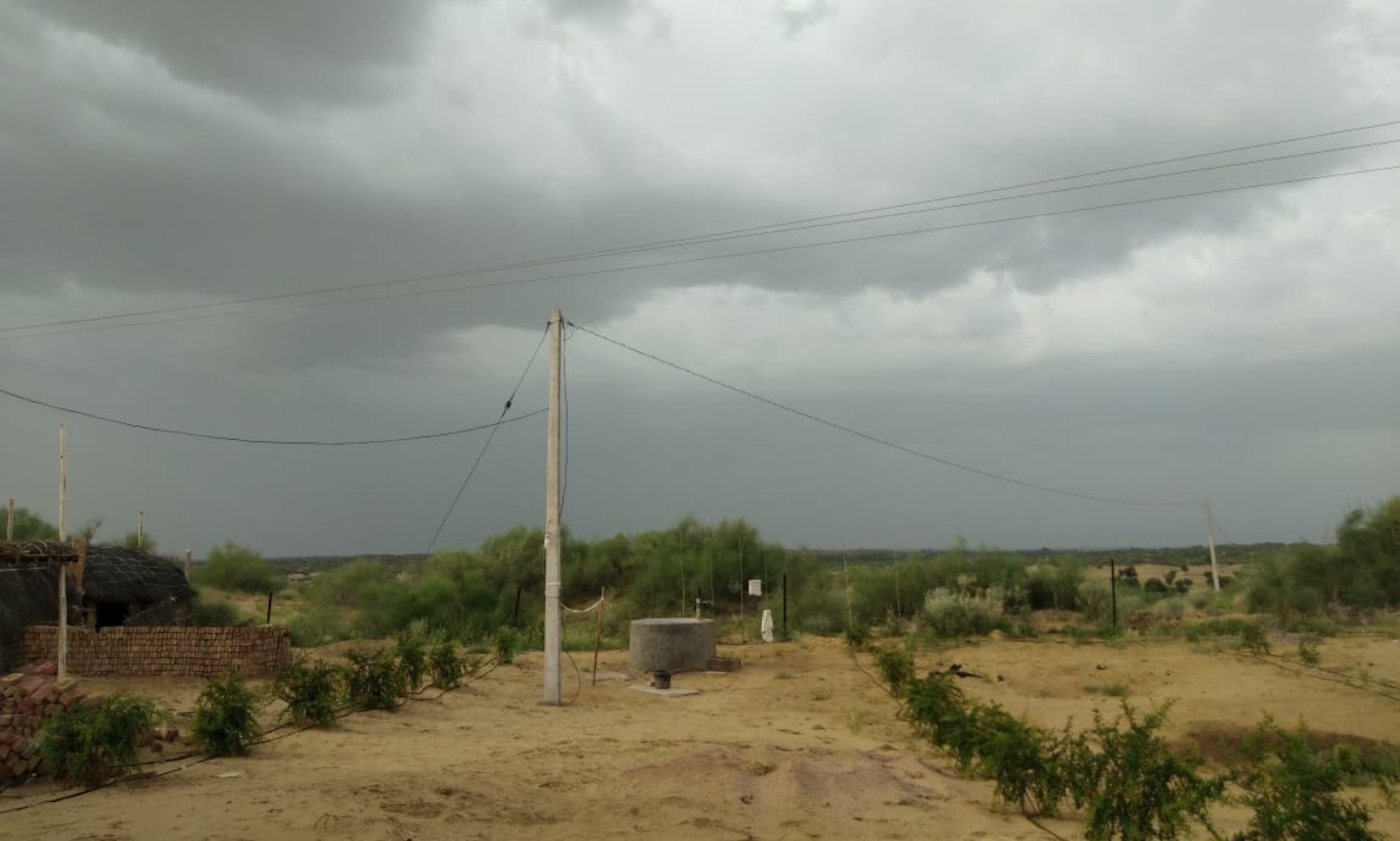 The Mung bean (Vigna radiata), alternatively known as the green gram, maash, or moong Sanskrit मुद्ग / mŪgd, is a plant species in the legume family. The mung bean is mainly cultivated in India, Pakistan, Bangladesh, Nepal, Sri Lanka, China, Korea, South Asia and Southeast Asia. It is used as an ingredient in both savory and sweet dishes.
The Mung bean (Vigna radiata), alternatively known as the green gram, maash, or moong Sanskrit मुद्ग / mŪgd, is a plant species in the legume family. The mung bean is mainly cultivated in India, Pakistan, Bangladesh, Nepal, Sri Lanka, China, Korea, South Asia and Southeast Asia. It is used as an ingredient in both savory and sweet dishes.
Uses
Mung beans are commonly used in cuisines across Asia.
Whole beans and paste
Whole cooked mung beans are generally prepared from dried beans by boiling until they are soft. Mung beans are light yellow in colour when their skins are removed. Mung bean paste can be made by dehulling, cooking, and pulverizing the beans to a dry paste
South Asia
Although whole mung beans are also occasionally used in Indian cuisine, beans without skins are more commonly used; but in Maharashtra, Gujarat, Kerala and Tamil Nadu, whole mung beans (called pachai payaru பச்சை பயறு in Tamil) are commonly boiled to make a dry preparation often served with rice gruel (kanji கஞ்ஞி). Dehulled mung beans can also be used in a similar fashion as whole beans for the purpose of making sweet soups.
Mung beans in some regional cuisines of India are stripped of their outer coats to make mung dal. In Bangladesh and West Bengal the stripped and split bean is used to make soup-like dal known as Moog dal(মুগ ডাল).
In the South Indian States of Karnataka, Tamil Nadu, Telangana and Andhra Pradesh, and also in Maharashtra steamed whole beans are seasoned with spices and fresh grated coconut in a preparation called “Pesalu” పెసలు in Telugu or Usli in Kannada or Sundal சுண்டல் in Tamil or “Usal” उसळ in Marathi.
East Asia
In Chinese cuisine, whole mung beans are used to make a tángshuǐ, or dessert, otherwise literally translated, “sugar water”, called lǜdòu tángshuǐ, which is served either warm or chilled.
In Hong Kong, dehulled mung beans and mung bean paste are made into ice cream or frozen ice pops. Mung bean paste is used as a common filling for Chinese mooncakes in East China and Taiwan. Also in China, the boiled and shelled beans are used as filling in glutinous rice dumplings eaten during the dragon boat festival (端午節). The beans may also be cooked until soft, blended into a liquid, sweetened, and served as a beverage, popular in many parts of China.
In Korea, skinned mung beans are soaked and ground with some water to make a thick batter. This is used as a basis for the Korean pancakes called Bindae-tteok (빈대떡).
Southeast Asia
In the Philippines, ginisáng monggó (sautéed mung bean stew), also known as monggó guisado or balatong, is a savoury stew of whole mung beans with prawns or fish. It is traditionally served on Fridays of Lent, when the majority Roman Catholic Filipinos traditionally abstain from meat.[citation needed] Variants of ginisáng monggó may also be made with chicken or pork.
Mung bean paste is also a common filling of pastries known as hopia (or bakpia) popular in Indonesia, the Philippines and further afield in Guyana (where it is known as black eye cake). In Indonesia, mung beans are also made into a popular dessert snack called es kacang hijau, which has the consistency of a porridge. The beans are cooked with sugar, coconut milk, and a little ginger.
Middle East
A staple diet in some parts of the Middle East is Mung beans and rice. Both are cooked together like a pilaf rice dish called maash wa ruzz which means mung beans and rice.
